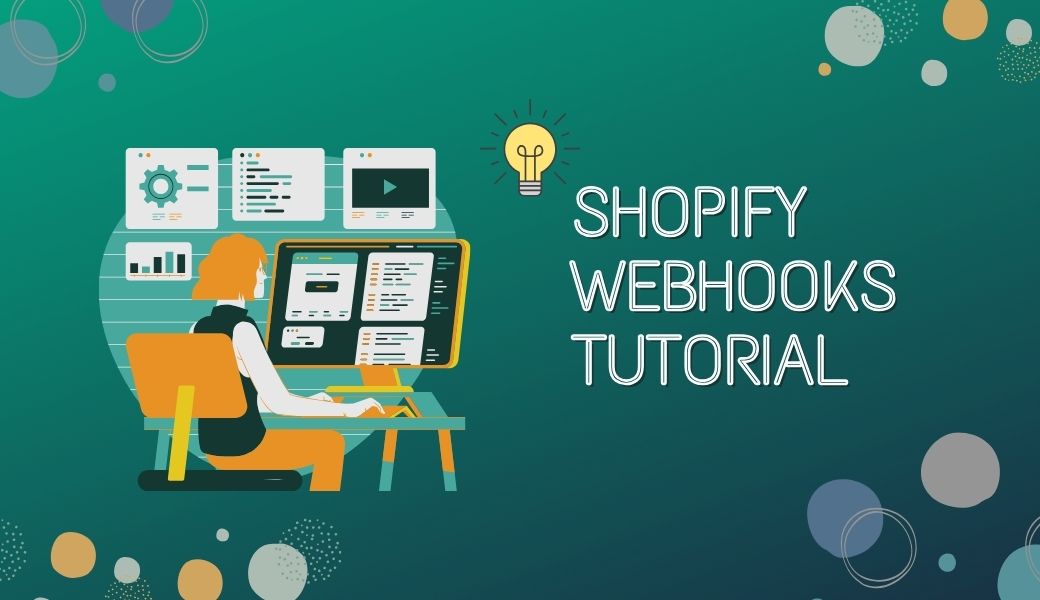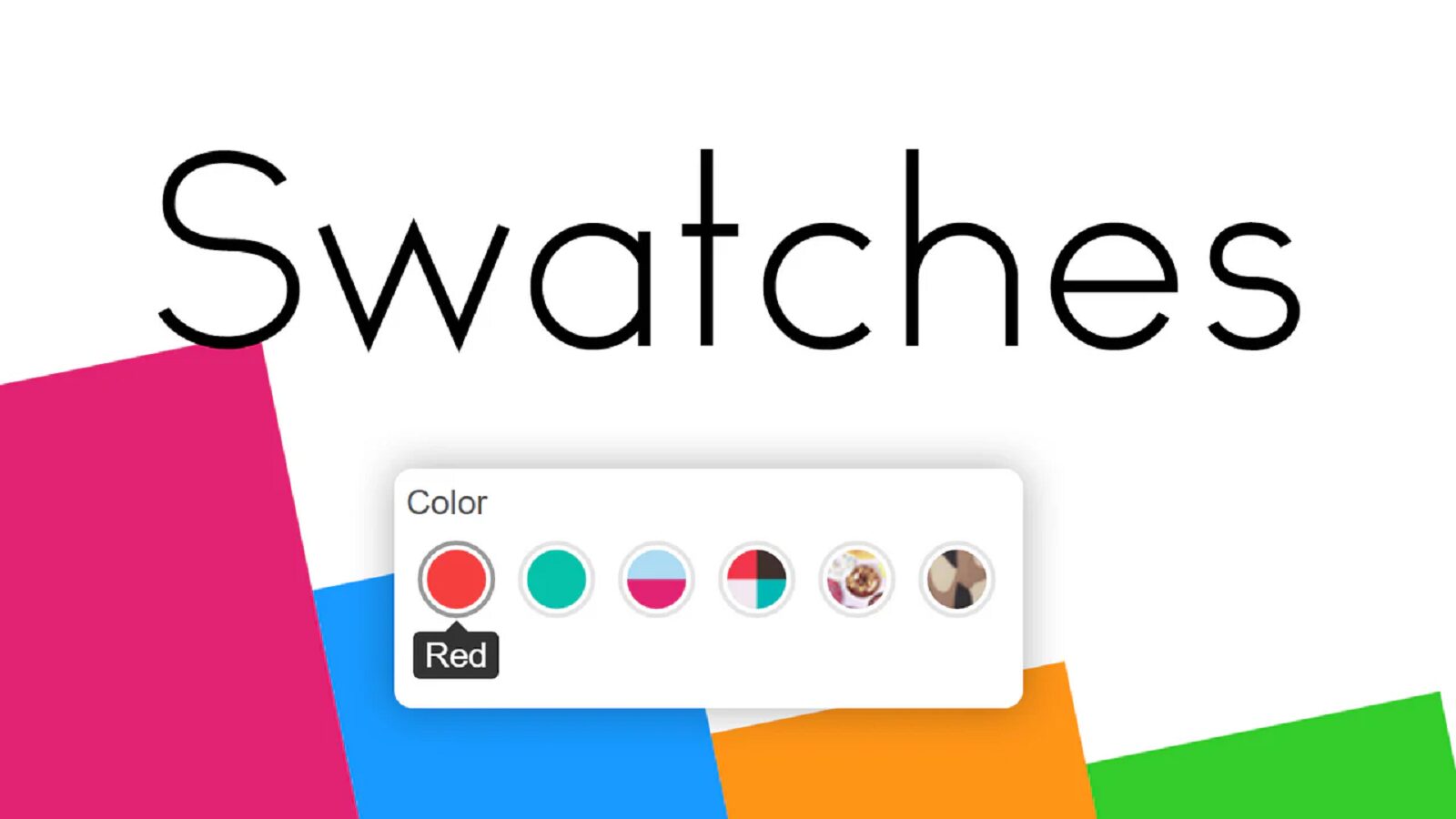Do you want to improve the functionality and automation of your Shopify store? Look no further than Shopify webhooks.
This in-depth article will take you deep into the world of Shopify webhooks, exploring what they are, why you should use them, and how to use them effectively.
Let’s get started!
Contents
What Are Shopify Webhooks?
First, let’s delve into webhooks’ definition.
Webhook is a highly useful piece of technology for implementing event responses on your website. Webhooks provide a solution to help server-side applications notify client-side applications when an event occurs on the server (event reaction), specifically occurring at installed stores. It helps to save a lot of time for businesses because you do not have to constantly make API calls to see how your store is doing.
Simply put, what Webhooks do is notify you whenever something happens. Thus, you can operate any processes you already have in your application after the event. After that, the data is transferred through the web from the application where the event originally occurred, to the receiving application that processes the data.
So, what is Shopify Webhook?

Shopify webhooks are a powerful tool designed by Shopify to give merchants easy and convenient management of their website and online shopping activity. Shopify’s webhook request consists of several components. The payload provides the actual Shopify event data, whereas the webhook header contains metadata about the webhook. Most webhooks will post event data to the provided URL in one of two forms: JSON (usually) or XML.
 Source: Shopify dev
Source: Shopify dev
Via the Shopify API or the admin interface, you can also configure your sending webhook payload format. It’s crucial to remember that Shopify needs a publicly available HTTPS endpoint in order to receive webhooks. The CLI for Hookdeck and Ngrok are two examples of tunneling technologies that let you set up HTTPS endpoints that forward webhook queries to your development environment.
The Shopify Webhooks allow you to use HTTP requests to communicate and deliver real-time data to external applications or services. A webhook is a technique that is used in your Shopify store to send a notice or payload to a specified URL or endpoint when certain events or triggers happen, such as a new order, product change, or customer registration. This makes it possible to automate processes, synchronize real-time data, and integrate with third-party systems seamlessly.
For example, Shopify webhooks can notify your app when a user creates a shopping cart or changes products in the Shopify admin. Thanks to that notification, you can promptly take action when product changes occur.
Using webhooks, your app may continue to receive data from Shopify or respond to particular events in your store. Shopify Webhooks are an effective alternative to constantly polling for changes to your store’s data. It can be used to get information about:
- Order notifications and filtering
- Add accounting software to the mix.
- Pricing adjustments for goods or services.
- Notify clients while you’re offline by instant messaging or your pager.
- Gather customers’s information for the data warehouse.
- In the event that a consumer uninstalls the app, it will remove their data from your database.
🎁 Learn more: Shopify Flow: Everything You Need To Know to Automate Your eCommerce
Why Should You Use Shopify Webhooks?
There are several compelling reasons why you should harness the power of Shopify webhooks for your online store. Possessing some outstanding advantages makes Shopify Webhooks one of the most preferred methods used by entrepreneurs to meet the data management needs of Shopify stores. Here are 4 advantages that can include:
- Real-time Data Updates: Shopify webhooks provide instant notifications, ensuring that you receive up-to-date information about critical events, such as new orders, inventory changes, or customer updates. This real-time data helps you stay proactive and make informed decisions.
- Automation and Integration: By leveraging webhooks, you can automate various tasks and seamlessly integrate your Shopify store with other business systems, such as CRM, ERP, inventory management, or email marketing platforms. This integration streamlines your operations and reduces manual efforts.
- Customization and Personalization: With webhooks, you can create custom workflows and tailor your store’s functionalities to meet your specific business requirements. Whether it’s sending personalized order confirmations or triggering custom actions based on specific events, webhooks empower you to deliver a unique customer experience.
- Scalability and Efficiency: Shopify webhooks enable scalable and efficient data synchronization between your store and external systems. Instead of relying on periodic data imports or exports, webhooks ensure that data is transmitted in real-time, minimizing delays and enhancing efficiency. Moreover, Shopify Webhooks just needs you to handle modified data rather than obtaining all of it via an API request, so it is more efficient.
Supported Shopify Webhooks Events and Topics
Shopify offers a wide range of webhook events and topics for your choice so that you can get alerts when certain actions are taken in your store. A class of webhook events is the webhooks’ function. The content of the webhook payload and the timing of webhook event creation is controlled by a subject. Orders/create webhook events, for instance, are triggered each time a store creates an order, and the event’s payload is the new order.
Below is the Shopify Webhooks list of events and topics:
| Orders: Orders created, orders fulfilled, orders paid, orders partially fulfilled, orders updated, orders deleted. | Order edition |
| Order transactions: Order transaction creation | Draft order: Draft order creation, updates, and deletions |
| Cart: Cart creation and updates | Checkout: Checkout creation, updates, and deletion |
| Collection: Collection creation, updates, and deletions | Collection listings: Collection listings addition, removal, and updates |
| Customers: Customers create, disable, enable, update and deletions | Tender Transaction: tender transaction creation |
| Customer Saved Search: customer groups creation, update, deletions | Refund: refunds creation |
| Shop: App uninstallation, shop update | Product: Product creation, updates, and deletions |
| Product Listing: Product listings addition, removal, and update | Inventory items: Inventory items creation, update, deletion |
| Inventory level: Inventory level connection, disconnection, and updates | Theme: Themes creation, publishment, updates, and deletions |
| Fulfillment: Fulfillment creation, fulfillment update | Fulfillment Event: fulfillment events creation, deletion |
| Location: locations creation, update, deletion | Shop Alternate Locale: locales creation, locales update |
✅ May you concern: The Ultimate Guide to Optimizing Your Shopify Sitemap
How To Use Shopify Webhooks?
Setting Up the Shopify Webhook
Using the Shopify API is necessary to set up a Shopify webhook. This is the fundamental procedure, please follow:
- Sign in to your Shopify admin panel.
- Navigate to Settings, then choose Notifications.
- Scroll down to the Webhooks section, then click Create a Webhook.
- A new window appears, choose the event from the selection menu that you want to trigger the webhook and enter the URL where you want Shopify to send the webhook. From the second drop-down menu, select the event in which you want Shopify to send you this information. The two options are JSON or XML.
- Check your webhook: click the link to send a test message. Verify at the URL you specified that the feature works.
Shopify Webhook Event lists include:
| Create a shopping cart: Each time a shopping cart is made, a webhook will be delivered. | Update draft orders: webhooks will be sent every time a draft order is updated. |
| Create a shopping cart: Each time a shopping cart is made, a webhook will be delivered. | Create fulfillment: a webhook will be sent each time a fulfillment is created on an order. |
| Cart updates: A webhook will be dispatched each time an update is made. | Fulfillment updates: a webhook will be sent each time fulfillment is updated on an order. |
| Create payment: A webhook will be sent every time a payment is created. | Order cancellation: a webhook will be sent each time an order is canceled. |
| Clear payment: Whenever a payment is approved, a webhook is generated. | Create order: A webhook will be sent every time an order is created. |
| Payment update: a webhook will be sent every time a payment is updated. | Order deletion: a webhook will be sent each time an order is deleted. |
| Create a collection: a webhook will be sent each time a collection is created. | Edit order: a webhook will be sent every time an order is edited. |
| Delete collection: a webhook will be sent every time the collection is erased. | Order fulfillment: the webhook will be sent every time an order is fulfilled. |
| Update collection: A webhook will be sent every time the collection is updated. | Order payment: a webhook will be sent each time an order is paid. |
| Create a customer group: a webhook will be sent every time a customer group is created. | Order updates: webhook will be sent every time an order is updated. |
| Delete a customer group: a webhook will be sent each time a customer group is eliminated. | Product creation: A webhook will be sent every time a product is created. |
| Update customer group: webhook will be sent every time the customer group is updated. | Product deletion: a webhook will be sent every time a product is deleted. |
| Customer creation: A webhook will be sent every time a new customer is created. | Product updates: webhooks will be sent every time a product is updated. |
| Delete a customer: a webhook will be sent every time a customer record is deleted. | Create a refund: a webhook will be sent every time a refund is issued. |
| Customer deactivation: A webhook will be sent every time a customer account is disabled. | Store updates: a webhook will be sent every time a store attribute is updated. |
| Customer activation: A webhook will be sent every time a customer account is activated. | Topic creation: a webhook will be sent each time a topic is created. |
| Customer updates: webhooks will be sent every time a customer record is updated. | Delete topic: a webhook will be sent every time a topic is deleted. |
| Create a draft order: a webhook will be sent each time a draft order is created. | Theme updates: webhooks will be sent every time the theme attributes are updated. |
| Delete draft orders: a webhook will be sent each time a draft order is deleted. |
It is important to remember that the following URLs cannot return Webhooks:
- Local server
- Any website that ends in “internal” (such as thisshop.com/internal)
- Any URL connected to the store’s “fake” domains, such as www.example.com, from any custom domains for Shopify (such as myshopify.com and shopify.com)
- Click Webhook Add. The “Webhooks” section will now display your webhooks.
- Deleting webhooks
If you no longer require a webhook, Shopify allows you to easily delete it. Please follow the four simple steps below.
- Go to Settings > Select Notifications in your Shopify admin.
- To access the Webhooks section, scroll below.
- There will be a tiny trash symbol next to the webhook you made.
- To remove the webhook, click the trash button. Everything is done.
Securing Your Shopify Webhooks
It is crucial to ensure the security of your webhooks to prevent unauthorized access or tampering. An HMAC (stands for Hash-based Message Authentication Code) digital signature is used by Shopify Webhooks to confirm the authenticity of incoming Webhook requests HMAC. It is a specific type of message authentication code (MAC) that combines a cryptographic hash function with a secret key to provide integrity and authenticity for data).
The HMAC verifies that the webhook request’s contents were not altered. This is made feasible by the fact that Shopify builds the HMAC using the contents of the request in addition to a shared secret key.
The HMAC would no longer match in the event that an attacker tried to alter the request’s contents, which would cause the verification to fail. Every time a webhook request comes in, it is unforgettable that you check the HMAC to avoid falling victim to malicious attacks. Someone with malicious intent may enter fictitious order data, for instance, if a store utilizes an app to communicate orders to a back-end order management system.
Although it might be tempting to skip this step, doing so would expose you to a simple point of attack as malicious callbacks can be generated by anybody.
Testing Your Shopify Webhooks
Shopify includes a great feature to make it easier to test your Webhooks. Within your store, let’s test your Shopify Webhooks by following these steps:
Step 1: In the Notifications area, locate the Webhooks section.
Step 2: Verify that the webhook you want it tested for is selected by clicking the Send test notification button next to it.
A sample webhook may be delivered to the defined webhook URL, as you may have noticed.
⏩ Want to read more? See our Shopify Tutorials
Wrap up
Shopify webhooks are a powerful tool that enables seamless integration, real-time data updates, and automation for your Shopify store. By understanding what webhooks are and how to effectively use, and set up webhooks, you can optimize your store’s functionality and enhance the overall customer experience.
Implementing Shopify webhooks can revolutionize the way you manage and operate your online store. Stay ahead of the competition and deliver exceptional customer experiences with the power of Shopify webhooks.
Start using Shopify webhooks today and take your online business to new heights of success. Do not forget to follow BSS Commerce Shopify – Shopify Plus Development Company for further useful information about business!





